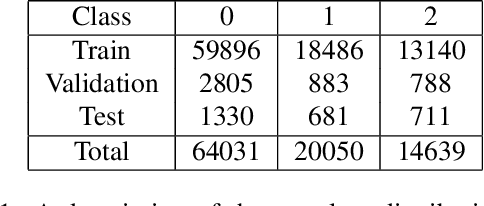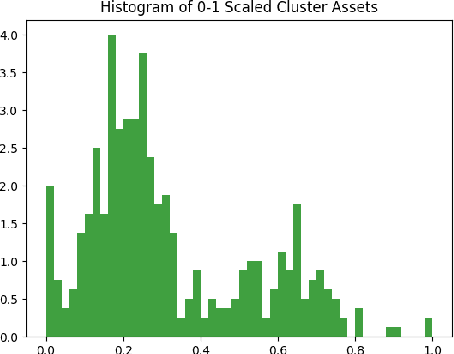Semi-Supervised Multitask Learning on Multispectral Satellite Images Using Wasserstein Generative Adversarial Networks (GANs) for Predicting Poverty
Paper and Code
Feb 13, 2019



Obtaining reliable data describing local poverty metrics at a granularity that is informative to policy-makers requires expensive and logistically difficult surveys, particularly in the developing world. Not surprisingly, the poverty stricken regions are also the ones which have a high probability of being a war zone, have poor infrastructure and sometimes have governments that do not cooperate with internationally funded development efforts. We train a CNN on free and publicly available daytime satellite images of the African continent from Landsat 7 to build a model for predicting local economic livelihoods. Only 5% of the satellite images can be associated with labels (which are obtained from DHS Surveys) and thus a semi-supervised approach using a GAN (similar to the approach of Salimans, et al. (2016)), albeit with a more stable-to-train flavor of GANs called the Wasserstein GAN regularized with gradient penalty(Gulrajani, et al. (2017)) is used. The method of multitask learning is employed to regularize the network and also create an end-to-end model for the prediction of multiple poverty metrics.
 Add to Chrome
Add to Chrome Add to Firefox
Add to Firefox Add to Edge
Add to Edge